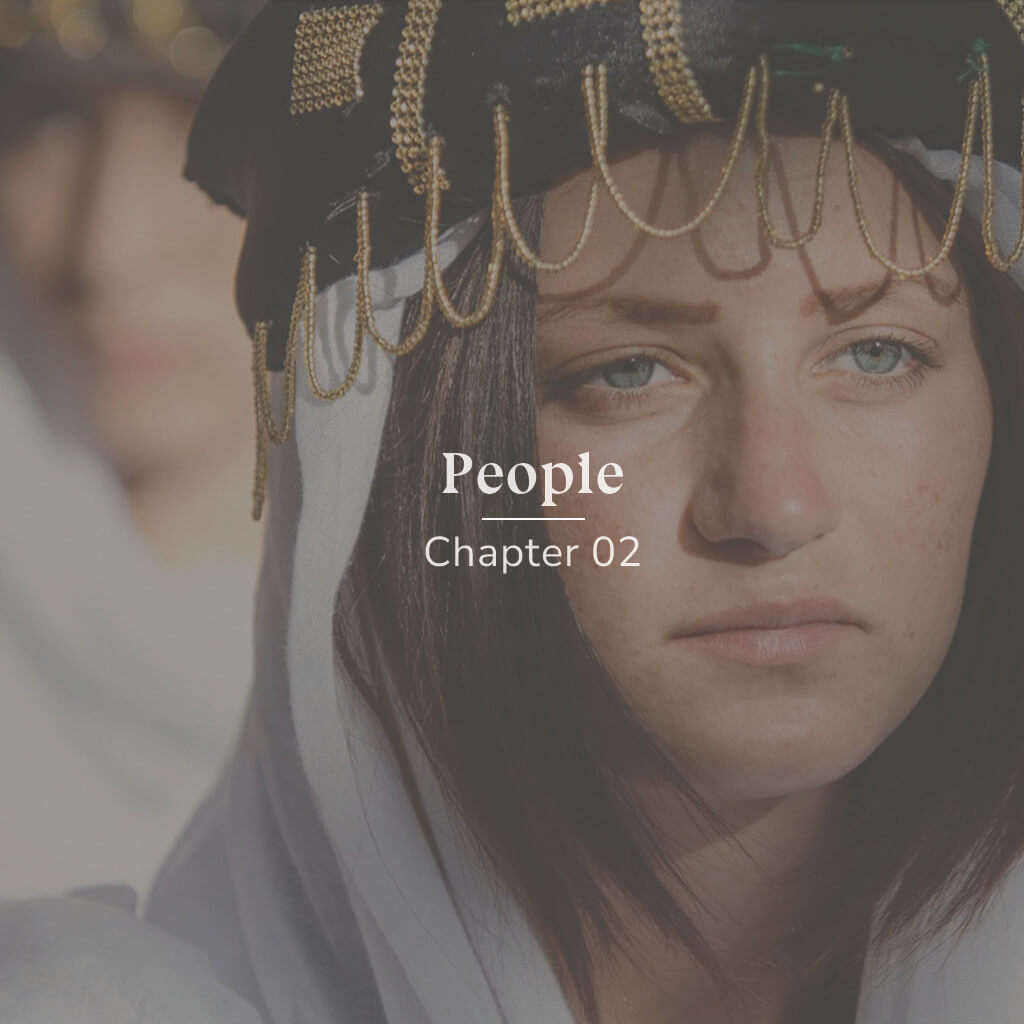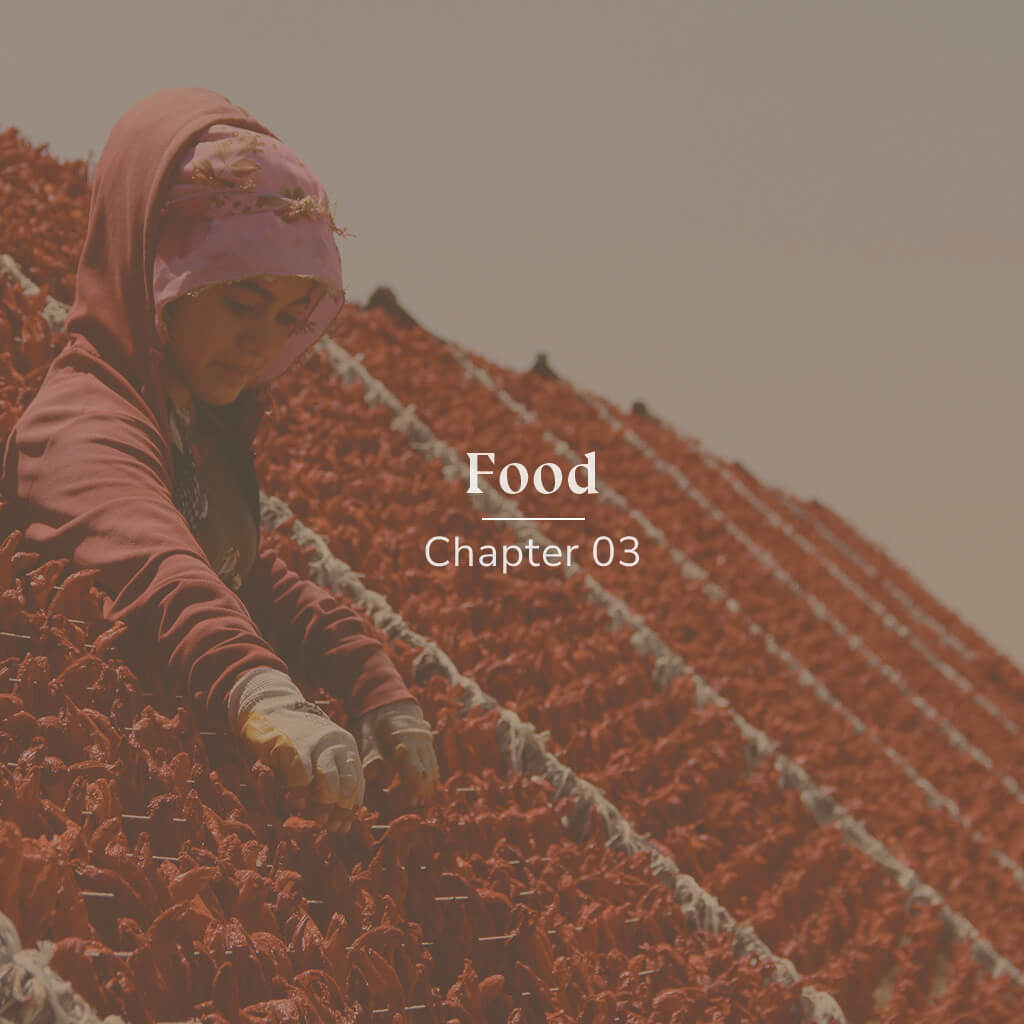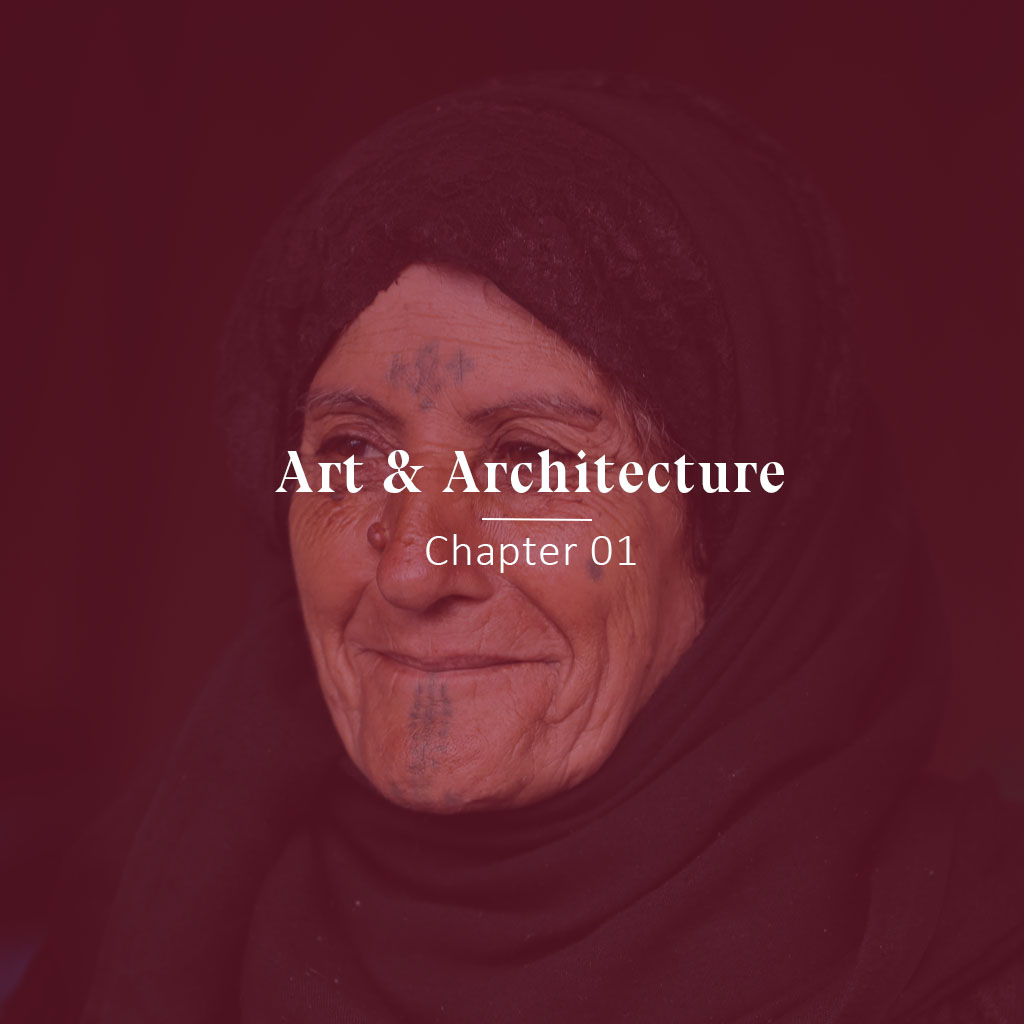Yazidis and Red Wednesday
In my hometown, a multicultural city on the border with Iraq, I grew up hearing about the Yazidis. The strong bonds that have existed for decades between our families fueled my deep curiosity about their culture, shaping my photography and writing. Eventually, I received an opportunity to explore this unique community by attending their most private events in the land of Lalesh Valley, Iraq. Therefore, I am honored to give you a glimpse into Yazidi culture through this article.
Yazidis are mainly a Kurmanji and Arabic-speaking minority group living across Upper Mesopotamia, in present-day Iraq, Syria, and Turkey. They have inhabited the mountains of northwestern Iraq for centuries. This region holds significant importance for them as it is home to their shrines, holy places, and ancestral villages.
Like many other rural-based communities in the Middle East, Yazidis have a strongly organized, tribal society. The structure is similar to the caste system practiced in India, although the Yazidi religion has only two classes. Chief sheik is the leading religious person, and Emir, Mir, Pir, Qewal, Poor’s, and Blackheads are the secular heads. Apart from all those different leaders, the other class stands for the Freshmen. Freshmen constitute the bottom caste of the spiritual structure. Members of this caste, also called Avhan or Avvans, are responsible for maintaining and managing Sheikh Adi’s tomb.
The name Êzidî, meaning “who created me,” originated from Kurdish but became Yazidi in Turkish, Arabic, and English. In the Yazidi belief system, a supreme creator God made the world and then left it under the control of the seven divine beings, of which the Tawusu Melek (The Peacock Angel) is chief.
Yazidi religious practice refers to two types of secret books, “Mushaf-ı Reş” and “The Book of Cilve”, but most of the sacred texts once held within them have been lost over the years. Therefore, Yazidis have developed an oral prayer system to preserve the missing texts, which they have passed down for many centuries. Apart from God, Yazidis take Ezid, Sheikh Adi, and Tawusi Melek as their spiritual reminders. Although they have great respect for the prophets sent by God to other communities, Yazidis believe that their community is the community of God. Therefore, they have no prophet in their belief system.
This ancient, monotheistic religious tradition has been practiced exclusively among Yazidis for many centuries. Moreover, only Yazidis may attend the secret religious rituals, which means that outsiders have minimal access to information about these traditional ceremonies.
The most sacred and private of these rituals is called Red Wednesdays. Although I am not a Yazidi, I had the rare opportunity to attend this special event as an outsider. Through years of contact with Lalesh Valley Yazidi community members, I cultivated solid bonds and relationships of trust. Over time, they began to call me “kirve”, the term used by the Yazidi to describe an outsider who they consider to be one of them. A kirve becomes part of the family, a best friend, a brother to all Yazidis, someone on whom the community can rely. As kirve, I was a family member now so that I could attend events alongside them.
What is Red Wednesday?
Red Wednesday is the most memorable event and the core of Yazidism. It is the beginning of New Year’s Eve and symbolizes the creation of the universe, according to the Yazidis. As the story goes, “When Allah threw the pearl, the water, earth, air, and fire formed together, and finally, the earth was created from it.” Since ancient times, people of the Middle East, especially the Mesopotamians, have celebrated Red Wednesday. Each nation chose a special day for the celebrations and would spend the holiday with different events showing their enthusiasm, respect, and care.
Yazidis celebrate Red Wednesday by boiling eggs and painting them with different colors. This tradition symbolizes the creation of the Earth. Yazidis pick red poppies from the fields mix them with lindens or Earth and hang these bouquets on their doors during sunrise. Sometimes they add colorful eggshells to these adorable bouquets. They visit each other to celebrate the festival and pray together for the sake of the Earth. Most of their prayers aim to increase goodwill and decrease lousy will in the world.
In addition to their fundamental worship, a prayer in the sun’s direction in the morning, afternoon, and evening, Yazidis fast for three days before the “Red Wednesday” holiday, which begins in the second week of April according to the Rumi calendar. Yazidi people do not eat or drink anything while fasting during these three days of praying, similar to Muslims. Unlike other monotheistic religions, however, Yazidis do not worship in temples. Instead, they believe that anywhere in the world can be a temple. Instead, they revere their religious leaders’ tombs, which they refer to as ‘holy places, and visit them to show respect.
Thus, Red Wednesday is more than a festival; it is a symbol of religious duty. In the Lalesh Valley of Duhok, Iraq, the tomb of sheik Adi is a major holy place in Yazidism. Every year, many Yazidis worldwide come to visit the tomb as a testament to their belief. This ritual provides an opportunity for the Yazidis to be cleansed of their sins. First, they kiss the door at the entrance of the Enzel Bridge and then circle three times around the bridge with their prayers. Later, they enter the tomb with bare feet as a sign that they are free of sin. Finally, they kiss the hands of their sheik to get his blessings. Yazidis then walk toward the place where 365 fires will symbolize the 365 days of the year. The fires, standing for brotherhood and peace, are started with cotton and olive oil. During the fires, both men and women sing. Those who come to Lalesh Valley worldwide come to do their religious duty, known as hajj. The pilgrims perform special rituals for the sake of their faith, such as bathing in the “white fountain” in Sheikh Adi’s tomb. Newborn children must also be washed in this fountain and later circumcised. If a Yazid dies without circumcision, his body has to be circumcised before his burial.
The small community of Yazidis a small community has been loyal to their faith, rituals, and traditions for centuries, although they have never fitted the Mesopotamian religious mosaic. They have been harshly judged, isolated, and discriminated against for many centuries in the Middle East, yet they never abandon their identity, culture, or religion. Frequently misunderstood by practitioners of other faiths, especially Muslims and Christians, the Yazidis have only practiced peace, respect, and positivity in their prayers. I was amazed and mesmerized to witness the kindness, respect, and warm tone in the details of their culture and religion as represented through the Red Wednesday ritual. Their message is clear to understand – cover the world with goodwill and kindness.
It became my passion for visualizing this beauty through photography. The images I have shared here with you are a proper perspective on a unique culture and beautiful community. Red Wednesday is like a spiritual petition stretched from Earth to the sky, despite everything the Yazidi have suffered throughout history. The impact of adversity may have even strengthened their prayers. With these collective prayers, the goodness and peace requested from God will perhaps one day be accepted, and the holidays will be celebrated apart from the painful memories. The world is a beautiful place; it will be even more beautiful if we understand each other better, accept our differences, and show kindness to one another.

Murat Adiyaman
Photographer
Biography
Murat was born in Hakkari in 1983. He graduated from college with a Bachelor of Education. He has just got his Master’s in Media and Cultural Studies in Istanbul, Turkey. Murat’s photographs are recognized on a national and international scale. He wrote and directed a documentary named “Offensive Variations from the Region” and received his first film award in the Istanbul Documentary Days New Talent. His published books called “Tourism in Hakkari,” “Every Place is Beautiful, If You Can See It,” and “Hakkari’s Best Outdoor Sports Routes.” Murat is currently a lecturer at Hakkari University and conveys his experience to young generations through his photography training.


